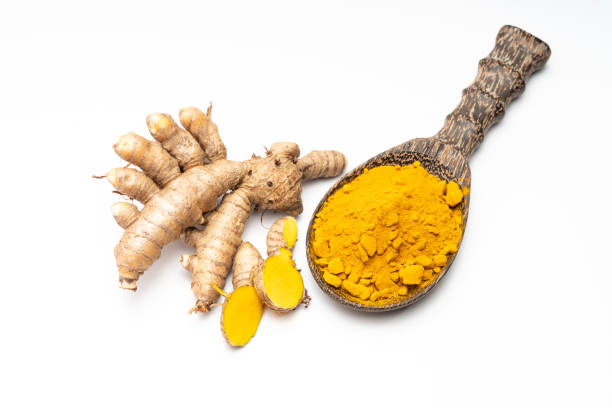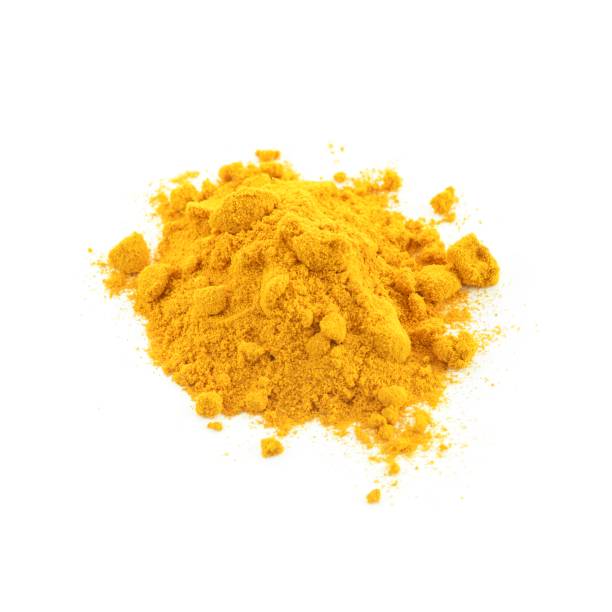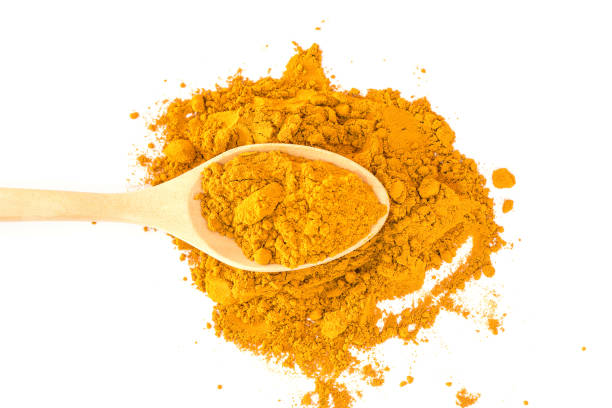- Out-of-Stock




Its flavor is somewhat neutral and slightly astringent, but its color and medicinal properties are extraordinary!
Grated, it pairs well with fish, meats, rice, as well as Indian, Caribbean, and North African cuisines.
 Delivery
Delivery
Mondial Relay
 Returns
Returns
See conditions
 Payments
Payments
100% secure
Delivered in a resealable pouch
 This is the dehydrated rhizome (the root of the plant) you’ll find here. Its flavor is slightly peppery, mildly bitter, gentle, and not very pronounced. It’s also called "finger" due to its shape.
This is the dehydrated rhizome (the root of the plant) you’ll find here. Its flavor is slightly peppery, mildly bitter, gentle, and not very pronounced. It’s also called "finger" due to its shape.
To cook with it, you’ll need to grate it to easily add it to rice, pasta, meats, fish, sauces, etc., to infuse them with its beautiful yellow color! In powdered form, it is a component of many spice blends, not only for its subtle flavor but especially for the magnificent color it imparts. It’s found in numerous Indian (curry), Caribbean (colombo), Arabic (ras-el-hanout), Reunionese, Thai, and Cambodian spice mixes and almost all over the world! In fact, every yellow-colored spice mix owes its hue to turmeric. It even colors mustard, which would otherwise be nearly white without it!
In producing countries, to prepare the rhizome, it is boiled to remove the skin, then dried in the sun. At this stage, it can be ground if desired—a challenging process due to its hardness. When ground, it produces a brilliant yellow powder, almost fluorescent.
Despite its nickname, Bourbon saffron (some deliberately omit the word "Bourbon" to create confusion with "real" saffron), its flavor has nothing to do with that of "real" saffron, nor does its price! However, in a dish like paella, combined with real saffron, it adds a vivid yellow color, much more intense than that of "real" saffron, without overpowering its extraordinary and unique taste.
In India, turmeric is regarded as an exceptional plant due to its countless qualities—not just as a spice, but also as a food preservative (its yellow pigment has antibacterial properties), a dye, a cosmetic product, and a medicinal substance! Numerous scientific studies worldwide are underway to explore its many properties.

Origin: India
Scientific name: Curcuma longa
Common names: Bourbon saffron, Indian saffron.
 Turmeric is a perennial herbaceous plant with a rhizome from the Zingiberaceae family, native to South Asia. It is widely cultivated in India, as well as in China and Indonesia. It grows up to 1 meter tall with large oval leaves on either side, and a purple flower at the tip of the stem, resembling garden cannas. The plant looks very similar to its cousin, ginger, which also boasts many medicinal virtues. Turmeric is particularly well-suited to monsoon climates. Rhizomes (its root) are harvested about 7 to 8 months after planting.
Turmeric is a perennial herbaceous plant with a rhizome from the Zingiberaceae family, native to South Asia. It is widely cultivated in India, as well as in China and Indonesia. It grows up to 1 meter tall with large oval leaves on either side, and a purple flower at the tip of the stem, resembling garden cannas. The plant looks very similar to its cousin, ginger, which also boasts many medicinal virtues. Turmeric is particularly well-suited to monsoon climates. Rhizomes (its root) are harvested about 7 to 8 months after planting.
However, it is most commonly used in powdered form.
Turmeric is also widely used as a yellow-orange dye for fabrics, notably giving Buddhist monks’ robes their distinctive color. Be careful—its color is almost indelible, even on a white tablecloth! It is the basis of the industrial food colorant E100 (curcumin).
Finally, turmeric is recognized in traditional Indian medicine and in the West for its antioxidant properties. It also helps the body combat stress and maintain natural defenses. It accelerates wound healing as well.
The active compound in turmeric, curcumin, is currently the focus of active research into its various properties! Turmeric’s effects are said to be enhanced in the presence of pepper and fatty substances.
Long before synthetic preservatives were discovered, turmeric played a crucial role as a food additive, helping to preserve food by reducing bacteria and preventing fat oxidation.
With its many uses and the increasing spread of information, turmeric is now marketed worldwide, with more people using it for its medicinal benefits!
°°°
Over centuries, selective cultivation has produced the turmeric we know today, to the point where the existence of a wild species is still debated!
It has been known and cultivated in India since antiquity, appearing in China before the 7th century. It arrived in Europe in the 17th century under the name Indian saffron, where it was used both for its dyeing and medicinal qualities. It was only introduced to Réunion in the 19th century, hence its other nickname, Bourbon saffron.
Arabic: Korkob English: Turmeric
***
Data sheet
Reference: 20822401
Reference: 20818002
Reference: EPI2301003
Reference: 20721301
Reference: 208033101
Reference: 6L5609803
Reference: 20815801
Reference: anisvertM
Reference: 00033929-0001
Reference: 20211003
Reference: 124510
Reference: badianeM
Reference: 00036306-0001
Reference: 1N6987004
Reference: 00029083-0001
Reference: 20701706
Reference: Harissa
Reference: 3N7137901
Reference: EPI2301001

Its flavor is somewhat neutral and slightly astringent, but its color and medicinal properties are extraordinary!
Grated, it pairs well with fish, meats, rice, as well as Indian, Caribbean, and North African cuisines.